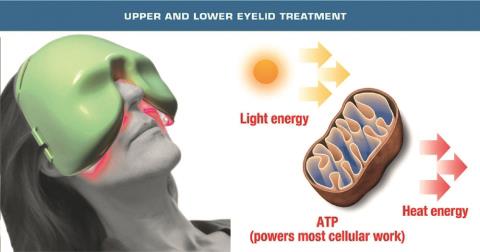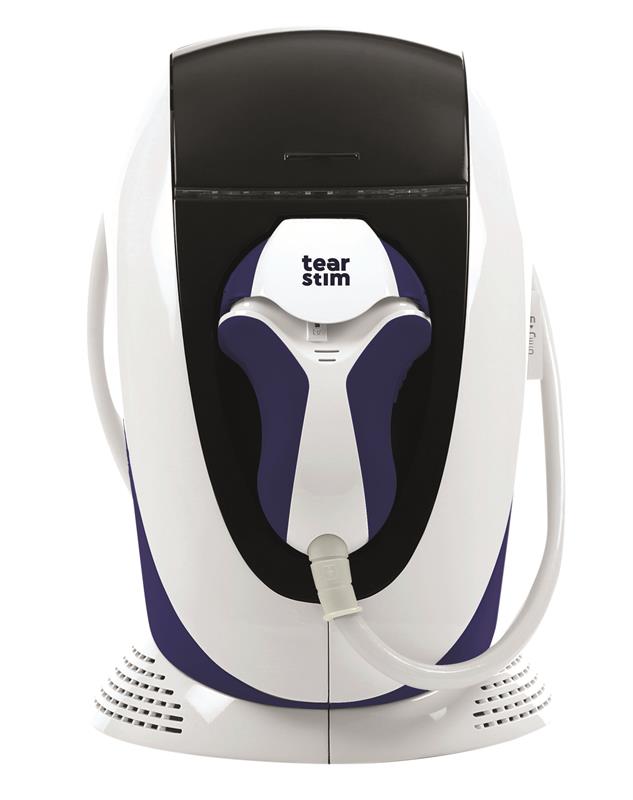
Diagnostic
Mainline: Huvitz HDA-100
Mainline says the Huvitz HDA-100 features 16 different measurements and tests to diagnose dry eye disease. The device is said to give quick and easy analysis of the tear film to help understand and investigate tear composition with all layers able to be analysed (lipid, aqueous, mucin) as well as the upper and lower meibomian glands when identifying dry eye disease. According to Mainline, this gives optometrists a better view of how to treat the type of deficiency with specific dry eye treatments such as QMR or eye drops. The device has five megapixel image resolution, single and multi-shot video capabilities as well as two cones (main and placid) for different tests, such as interferometry and tear meniscus.
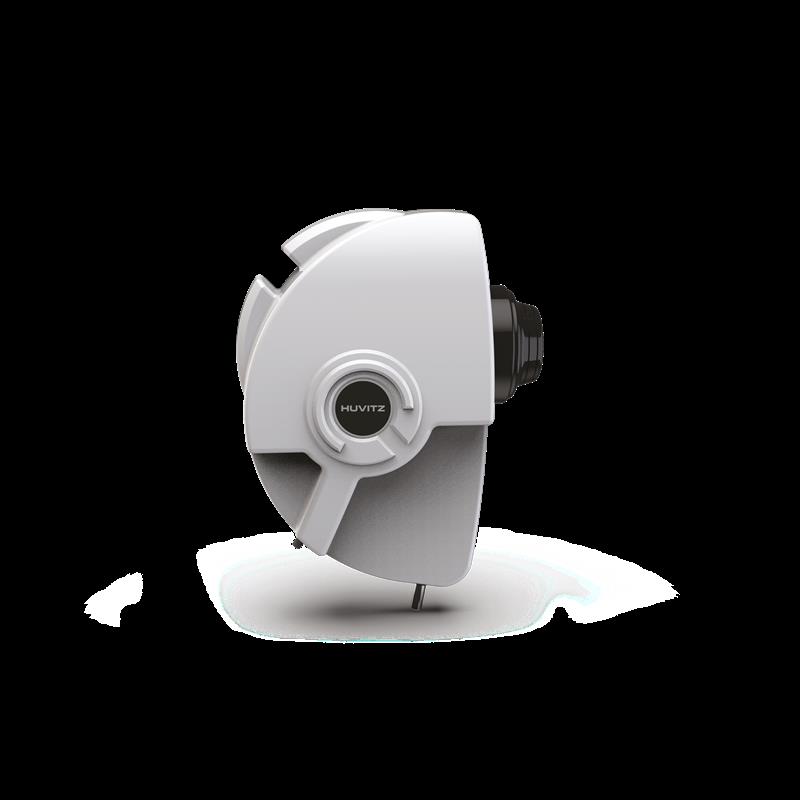
Hanson Instruments: CSO Antares+
CSO has launched the new and improved Antares+ topographer, which is supplied in the UK by Hanson. The device is a multi-functional corneal topographer, but also includes dedicated software to aid detection and analysis of dry eye. The topographer is said to not only provide information about curvature, elevation and refractive power of the cornea but also provides information to aid in the diagnosis and monitoring of the corneal surface. According to Hanson, the new features of the Antares+ are: lipid layer analysis, blue light and yellow filter for fluorescein analysis, white LEDs for improved ocular surface imaging in addition to the existing features of topographic maps, pupillography, contact lens fitting simulation and dry eye report incorporating the OSDI questionnaire, ocular redness comparison, meibography, tear film analysis and non-invasive breakup time. Additionally, the company says that the Phoenix software is the same on all CSO devices, which means all patient imaging data can be seen in one database.
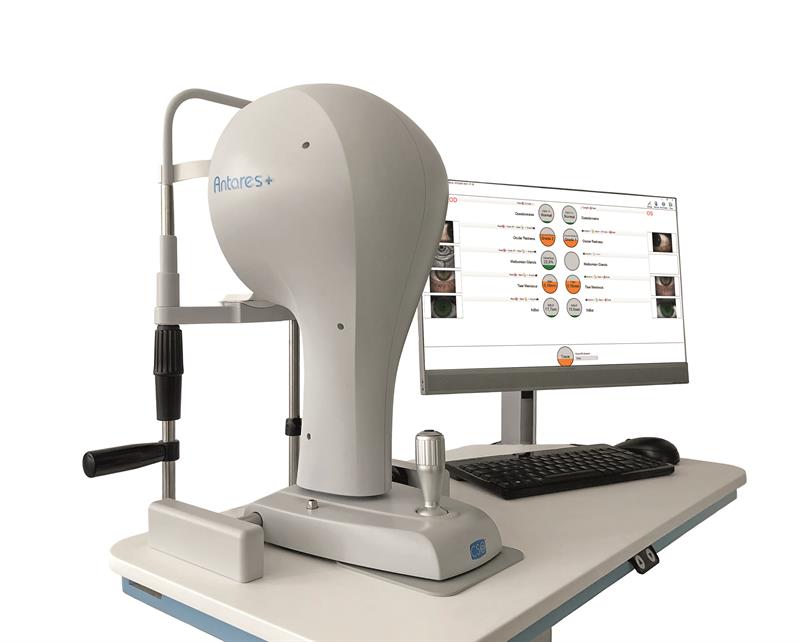
Birmingham Optical: Jenvis Pro Dry Eye Report
The Oculus Keratograph by Birmingham Optical now includes the Jenvis Pro Dry Eye Report to aid quick and easy decision-making when patients present with symptoms of dry eye. Birmingham Optical says the four-part screening test quickly and accurately reveals abnormalities in tear film quantity and quality. Its screening routine includes measurement of the tear meniscus height, tear film break-up time, bulbar redness and a short questionnaire. The Jenvis Pro Dry Eye Report is said to provide practitioners with a fail-safe test sequence covering all the assessment criteria required for a comprehensive analysis for dry eye syndrome. It features useful hints and predefined settings to support measurement taking and document anterior segment findings. A follow-up function has been developed to demonstrate to patients how successful treatments have been by documenting improvements in patients’ tear film condition.
Essilor: Idra
Essilor’s Idra device is said to perform a full assessment of the ocular surface via a series of quick tear film tests, including the quality of tears and analysis of the meibomian glands, to classify the type of dry eye disease.
A 3D image is produced to help practitioners analyse and understand the eyelid structure. The image can also be shared with a patient to explain the cause of their discomfort and aid treatment recommendations.
Paul Cumber, instruments director at Essilor, says: ‘The IDRA imaging system is a compact and cost-effective piece of kit which provides strong evidence to support your choice of treatment, while helping the patient understand why that therapy is being recommended. When used alongside the TearStim Dry Eye procedure, it can provide ECPs with a complete diagnosis and treatment service for patients living with the most common cause of dry eye, meibomian gland dysfunction.’
BIB: Medmont Meridia Professional Dry Eye Topographer
Medmont Meridia Professional Dry Eye Topographer from BIB is said to extend the features of the previous Medmont E300 topographer by providing complete dry eye diagnostics including a larger depth of focus colour anterior imaging facility, high quality fluorescein imaging, high definition meibomian gland imaging and videos for playback analysis. BIB says quick and easy tear meniscus measurements can also be achieved as well as full colour limbus to limbus topography. The professional model also features a choice of proven dry eye grading scales and insightful reports. This evidence-based approach with collaborative views and insightful patient reports is said to encourage patient engagement, leading to better patient compliance, better patient outcomes and more referral business.
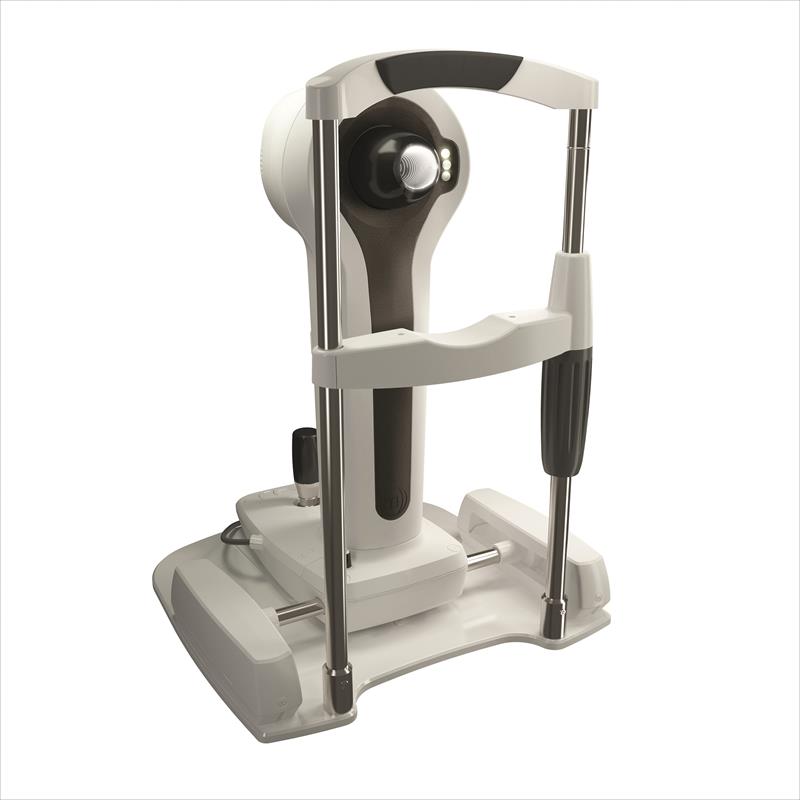
Topcon: Myah
According to Topcon its Myah device is a one-time investment for eye care professionals to build, manage and grow their dry eye and myopia management services. The Myah’s suite of dry eye management tools includes non-invasive tear break up time, meibomian gland imaging with area of loss analysis, blink analysis, real fluorescein imaging and video acquisition, video review of anterior corneal aberrations between blinks and progression reports for analysing treatment efficacy. The user interface is said to be very simple and easy to use, with rapid capture and DICOM network connectivity capability.
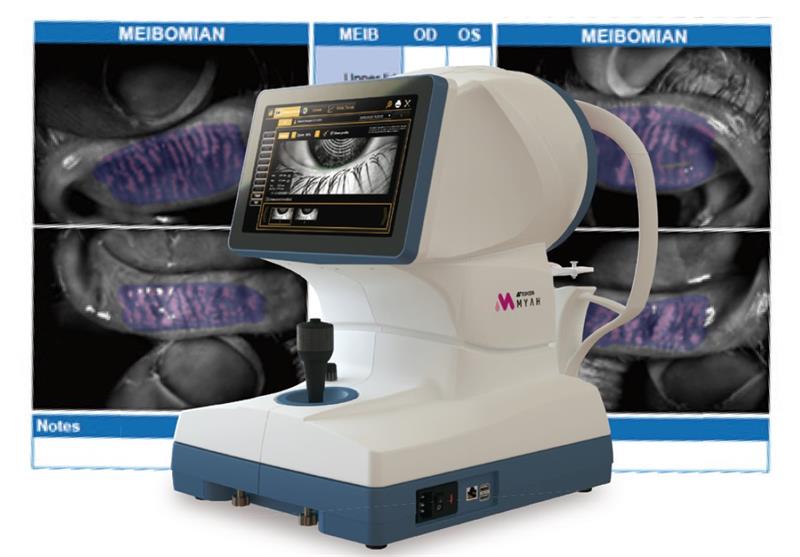
Treatment
Essilor: TearStim
TearStim is said to provide a long-lasting solution for dry eye disease, ensuring the meibomian glands are functioning properly. The procedure emits painless light pulses below the eye in the region of the parasympathetic nervous system, and by stimulating the nerve, neurotransmitters are released that encourage the secretion of the meibomian glands and contribute to restoring their normal activity. In addition, the quality of the gland secretion is improved, and the lipid layer of the tear film is stabilised. A course of three treatments is recommended by Essilor and the effect will last from a period of six months to three years. An annual booster session in the form of a single treatment is recommended. Paul Cumber, instruments director at Essilor, says: ‘When offered together, TearStim and IDRA will provide a complete solution to dry eye management and offer excellent commercial value for optical practices.’
Mainline: Resono Ophthalmic Rexon-Eye
The Rexon-Eye, available from Mainline, is said to offer non-invasive and durable treatment for all forms of dry eye. It works by applying low-power high frequency electric fields, capable of stimulating the rejuvenation and natural regeneration of cells. The principle of operation of Rexon-Eye is QMR: Quantum Molecular Resonance. This technology delivers weak alternate electric current patterns at frequencies (4MHz and multiple) that are in resonance with tissue molecular bindings. The Rexon-Eye therapy is said to successfully work for both evaporative as well as hypo-secretive dry eye with benefits for the patient beginning just after the treatment and continuing into the long-term. According to Mainline, the treatment itself is comfortable, pleasant and relaxing.
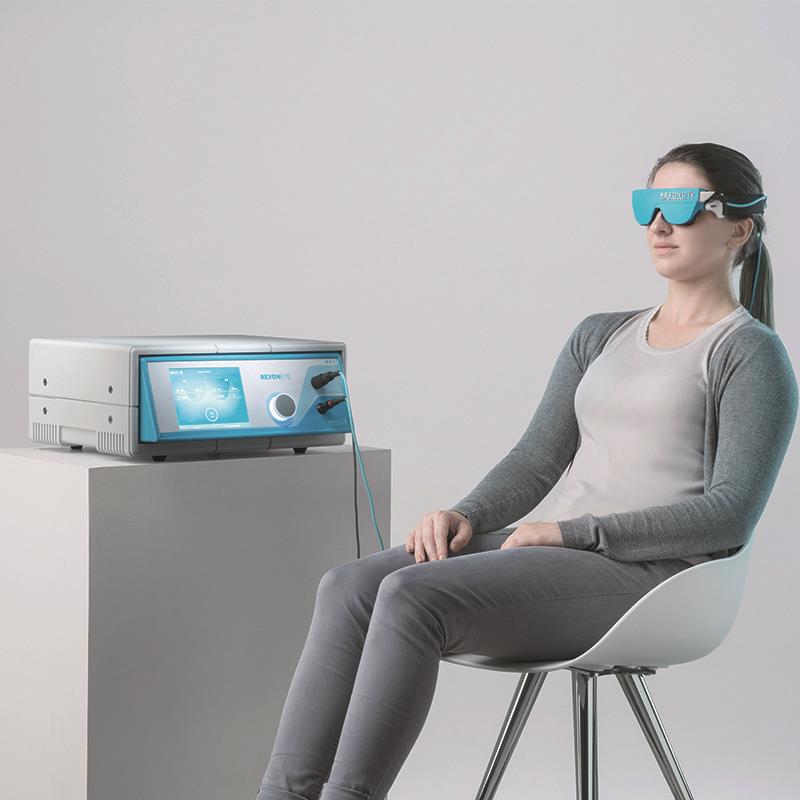
Grafton Optical: AB Max
The AB Max, available from Grafton, is said to provide advanced outer eyelid margin cleaning for anterior blepharitis. This advanced five to seven minute deep cleansing treatment aims to remove bacteria, crust and debris from the anterior eyelid margin and eyelashes. According to Grafton, AB Max provides advanced functionality utilising two on-board computers and proprietary tips, specifically designed to treat Anterior Blepharitis. The device is said to provide the standard forward and reverse functionality, plus a unique Pulse mode, specifically engineered to remove even the most stubborn debris, while gently massaging the anterior eyelid margins for a more comfortable treatment experience and better patient outcomes. Treatments are usually repeated at regular intervals, depending on the severity of the case.
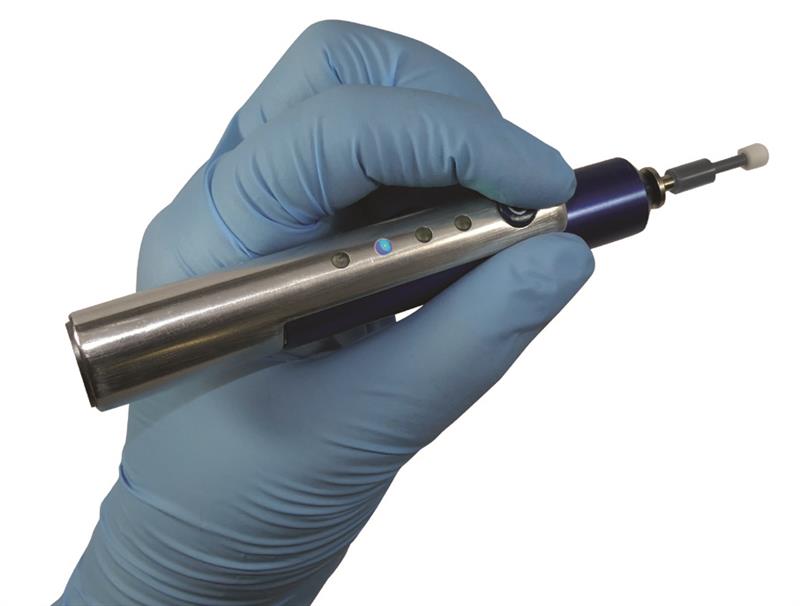
Hanson: Espansione MGD Low Level Light Therapy
The MGD mask is said to be the first approved treatment for dry eye or meibomian gland dysfunction using photobiomodulation and offers optometrists a treatment system in place of, or in addition to, IPL with the added benefit of treating the upper eyelids as well as lower, addressing 100% of the pathology. The device involves direct treatment of the meibomian glands by triggering eyelid endogenous heat and ATP production. This technology is said to remove gland blockages, allows lipids to flow to improve tear composition and improves lipid presence reducing evaporation of tears with visible results for patients from first treatment. Beyond the treatment of dry eye and meibomian gland dysfunction, Hanson says scientific papers have also been published showing the successful treatment of chalazion, Sjogren’s syndrome, post-blepharoplasty as well as demodex and blepharitis.
